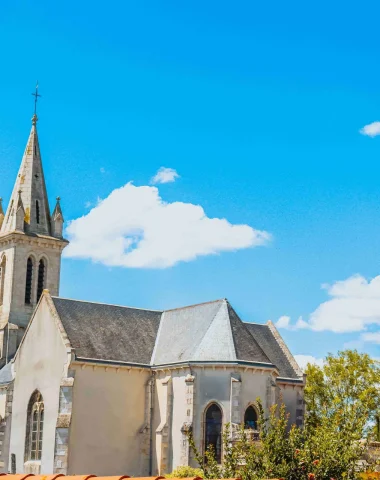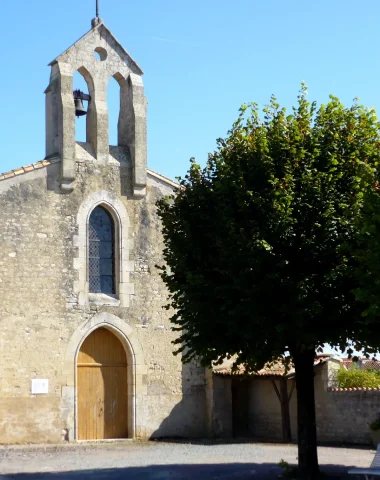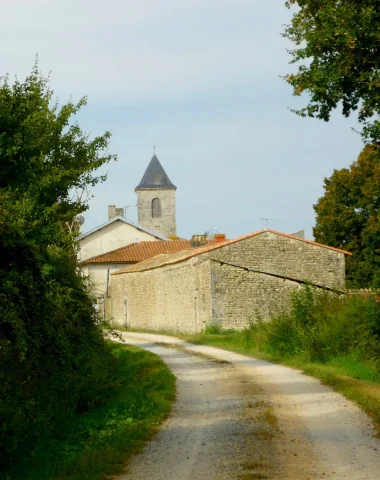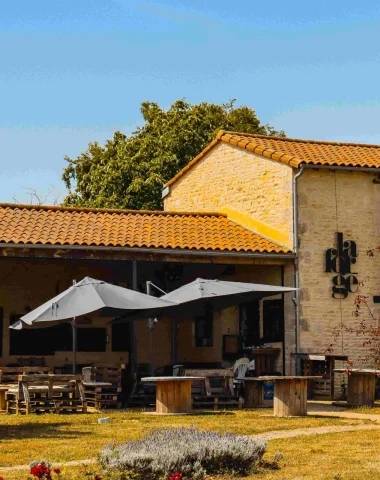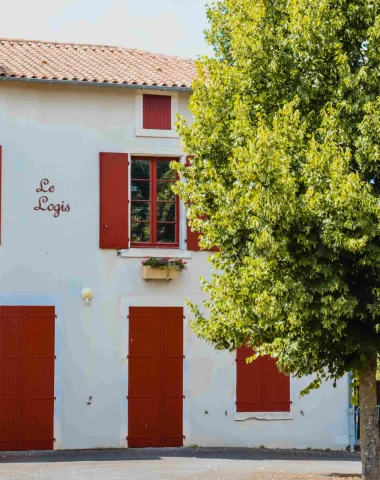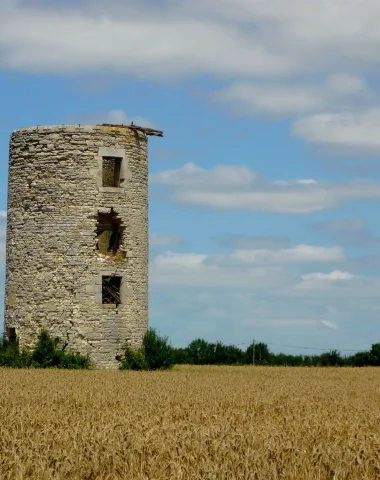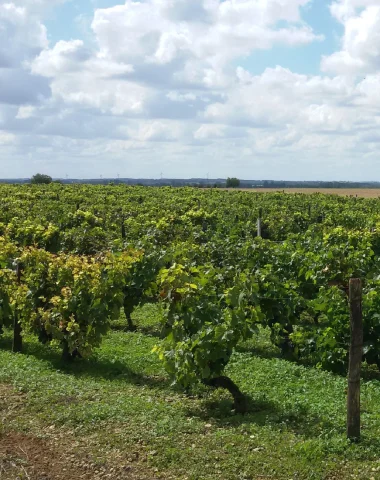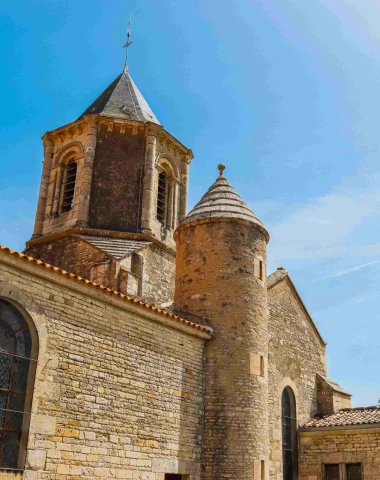Cet ancien domaine seigneurial, arrosé par le Mignon, se nommait jadis Saint-Martin-d’Augé. Il comprenait un prieuré enfoui dans un nid de verdure, à quelques centaines de mètres de la forêt de Chizé. D’où lui vient ce patronyme ? Au IVème siècle, Martin, alors abbé de Ligugé, se rendant d’Availles-sur-Chizé à Mauzé-sur-le-Mignon, y fait halte pour évangéliser la population. En 1804, le préfet Dupin écrit que les vins, qui constituent le plus important revenu de la commune, sont bons, surtout les blancs. On en fait une excellente eau-de-vie qui s’approche beaucoup de celle de Cognac. En 1928, le village prend le nom de Boisserolles, situé à un kilomètre d’Augé, mentionné au XIIIème siècle et où se trouve la mairie. En 2018, il fusionne avec Prissé-la-Charrière, Belleville et Saint-Etienne-la-Cigogne pour former la commune nouvelle de Plaine d’Argenson et en devient une commune déléguée dont le chef-lieu est Prissé-la-Charrière.
Que voir à Boisserolles ?
01. L’ancien prieuré Saint-Martin
Ce prieuré dépendait de l’abbaye augustinienne de Saint-Séverin située à quatre kilomètres. En 1180, Richard Cœur de Lion autorise les moines à ramasser dans la forêt de Chizé le bois mort nécessaire au chauffage, à tuer à l’arc lièvres et renards, à capturer les abeilles pour exploiter leur miel. L’église en bois est reconstruite en pierres au XIIème siècle. Dévastée lors des guerres de Religion, elle est relevée, puis à nouveau ruinée par les révolutionnaires qui la transforment en cave. Le sanctuaire est vendu à un particulier en 1798. Sans église, la paroisse est annexée à Saint-Etienne-la-Cigogne. Ancien pèlerinage le jour de la Saint-Martin, le 11 novembre, à la fontaine d’Augé dont l’eau soi-disant est guérisseuse.
Autres curiosités à voir…
- Le monument aux morts à Saint-Martin-d’Augé
- La croix monumentale en hommage à tous les combattants
- Le GR de pays de la Sylve d’Argenson

